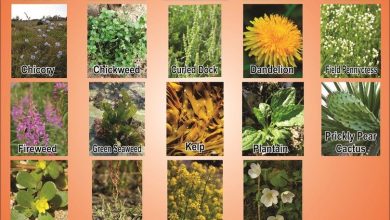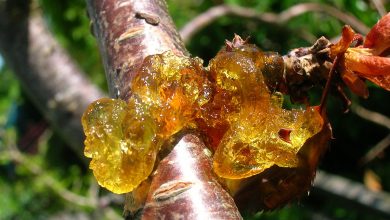Succulent diseases and solutions
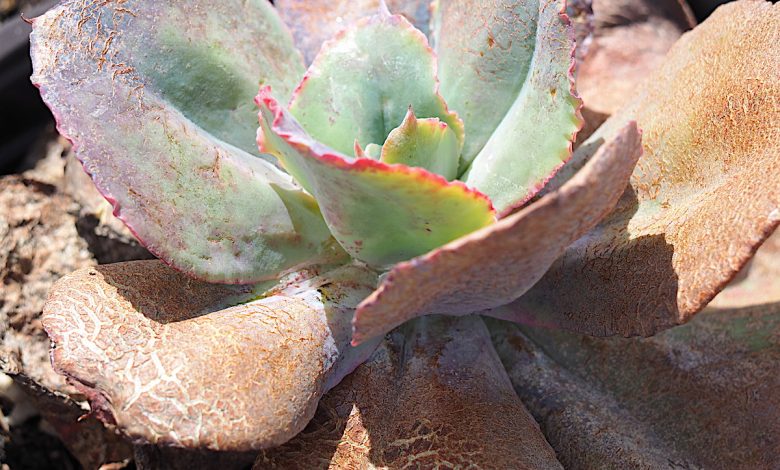
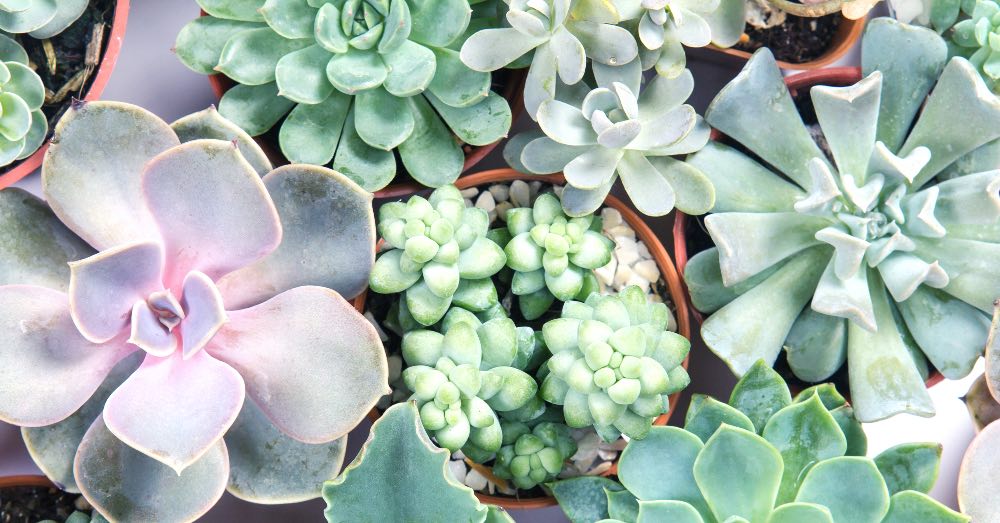
In recent years, they have gained weight among gardening lovers and are increasingly common in homes. A trend that, in fact, recovers one of the traditions of plant lovers. Cacti and succulents have always formed part of the domestic landscape both for their ease of care and for their beauty. But beware: let’s not confuse their rusticity with being immortal. It is enough to know the diseases of succulents to know that, like other plants, they are subject to threats to their well-being.
It is true that, in general, succulent plants are extremely resistant. Let us remember that, due to its origin, its plant anatomy responds to a forced evolution to adapt to extreme weather conditions. A fact that has given rise to plants with the most varied shapes, colors and even textures. Something that, although it is wonderful, can often mask deficiencies in its cultivation or even more serious problems.
Despite this natural strength, we cannot lose sight of the fact that succulents are not immune or exempt from problems. A good reason to observe our plant like any other but, also, to know what the diseases of succulents are and know how to detect them in time.
TYPES OF DISEASES OF SUCCULENTS
Although, in general terms, we talk about diseases of succulents, it is important to know something. On many occasions, the problems that afflict this type of plants respond to a deficiency in their care. What’s more: the main cause of this type of ailment is not knowing how to water succulents correctly. Excess water or drainage that does not fulfill its function are the main reasons why succulents get sick. For this reason, and in addition to knowing what irrigation pattern each plant requires, it is essential to know how to care for succulent plants .
Beyond this, it’s also reassuring to know that most succulent ailments can be easily fixed. And we say most of it because, if our plant has suffered from excessive watering, it will not be so simple. Only if we detect in time that this is the problem and we put a solution to it will we get it to survive.
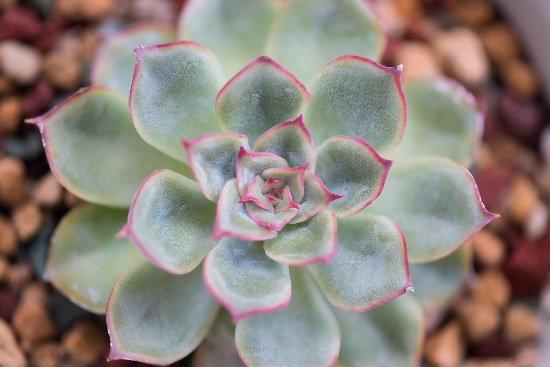
Bearing this in mind, it is important to know the types of diseases that afflict these plants:
1. Fungi, one of the most common diseases of succulents
Closely related to excess irrigation. They usually occur when high humidity is combined with cold temperatures. They are the leading cause of death for succulents. In early infections, they can be cured. If the fungus has begun to rot the plant, it is difficult to stop its progress.
Depending on the type of fungus, its manifestation varies. It can cause a rot in the trunk of the plant, generate white or grayish spots in the substrate or cause the plant to shrink.
2. Weather conditions and poor care, the second most common cause
Excess cold, lack of light, too little watering or incorrect alkalinity in the substrate can also lead to certain diseases of succulents.
Of all the types of ailments, they are the easiest to solve.
3. Bacteria, an unlikely but decisive rival
While not the main reason for succulent disease, it can happen. Bacteria can penetrate through wounds that our plants present. They can be present in the substrate, or reach our plant through different insects.
In the vast majority of cases, they cause the death of the plant.
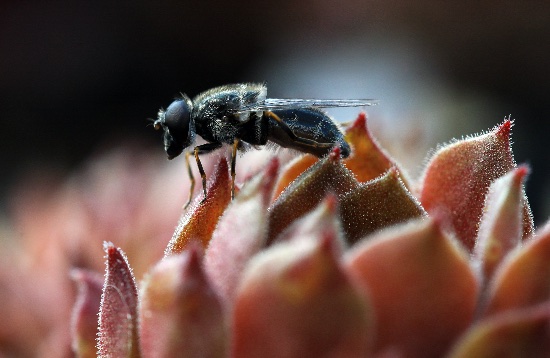
4. Plagues, an enemy that we cannot underestimate
The last of the factors that can trigger diseases of succulents. Although they may seem like unimportant insects to us, the truth is that they are far from it. On the one hand, because many of the pests that afflict succulents are sap suckers. On the other, because they can cause certain viruses to enter them, causing their death.
If this is the case with our plant, it is essential to eliminate the pests in the garden or inside the house that may be affecting it as soon as possible.
HOW TO IDENTIFY SUCCULENT DISEASES
Understanding the origins of these ailments, it is time to take action. Or, in other words, how to solve succulent diseases in the best possible way: identifying, based on the symptoms, what is happening to our plant.
So let’s see some of the situations that we can find ourselves with and with which our plant will be indicating that something is not going well.
1. The plant sprouts and loses its shape
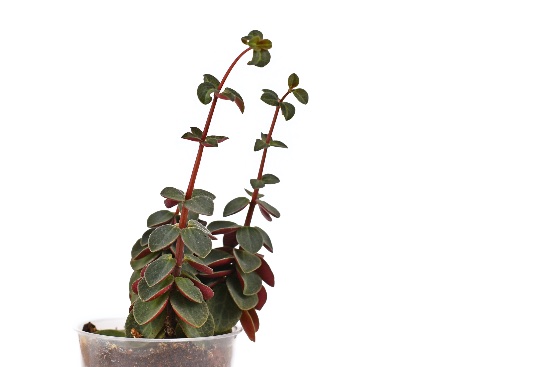
It is a phenomenon known as etiolation: a symptom that our plant is not receiving the necessary amount of light. Although it may seem like a simply aesthetic problem, the thing goes much further. When etiolation occurs, the plant not only loses its original shape. In addition, you are making an extra effort to get the amount of light you need. Something that weakens the tissues and consumes their resources so, if it is not solved, it is likely that within one or two years it will die.
The solution is simple. It will be enough to change it to a more illuminated place.
2. Succulent leaves change color or texture
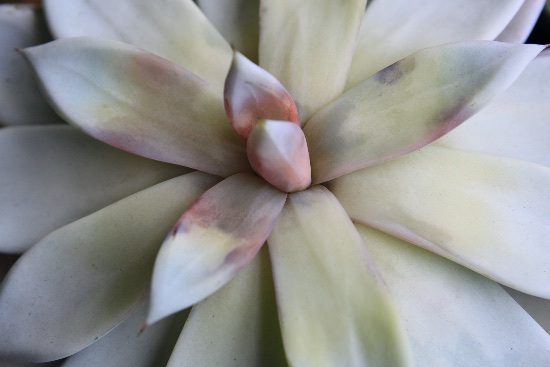
A chapter to see in detail since the reason for changes in color or texture in our plants is due to several reasons. For this reason and beyond knowing in depth the type of succulent we have, it is important to evaluate what care we are giving it in order to know how to act.
A. The leaves are wrinkled
A common cause for alarm. If it’s not old leaves, our plant is trying to tell us that it needs more water. The way to identify it is because it will be the upper leaves that wither and dry.
To solve it, it will be enough to moderately increase the irrigation pattern to rehydrate the leaves and return them to normal.
B. Leaves are soft
A symptom of overwatering. Solving it happens by suspending the irrigation to resume it when we see that they recover their usual hardness.
C. Change the color of the leaves
If the leaves turn yellow, brown or black, we are facing a very serious excess of watering. This type of change in color is usually accompanied by a bad smell and even a slimy texture. If it is our case, the plant suffers from rot and it will be very difficult to recover it.
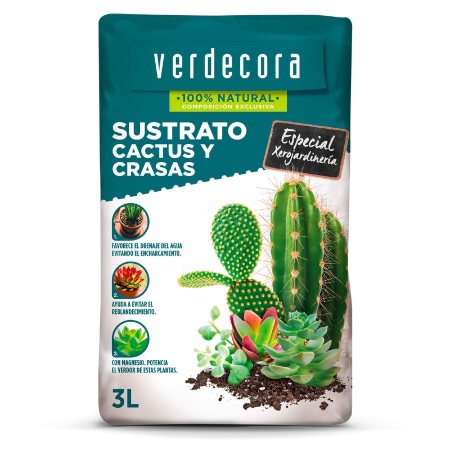
Another situation may occur: the green of its leaves loses intensity and even pales. If this is our case, it may be due to a lack of light but also to a defect in the substrate. In addition to moving it around, it doesn’t hurt to review how to transplant succulents and give ours a renewed soil.
D. Dark, hard spots appear on leaves
The manifestation of a sunburn. We will only have to change it to another place so that it recovers from the excess of sun.
3. The trunk of our succulent is soft
Bad news: we are facing one of the diseases of succulents that is difficult to solve. The rot of the central stem of our plant is nothing more than the manifestation of a disease that begins in the roots. Therefore, by the time we can identify what is happening to it, it is usually too late to remedy it. Again, this situation is due to overwatering or improper drainage.
As an extreme measure, we can try to recover the part of the plant that is not yet compromised or rotten. For this, it is essential to know how to propagate succulents: a simple gardening technique that will allow us to have a new plant.
4. Our plant has insects, or we detect the presence of molasses on the leaves
The last of the reasons why succulent diseases occur. As we said before, these annoying insects can not only consume our plant but can also cause more serious ailments.
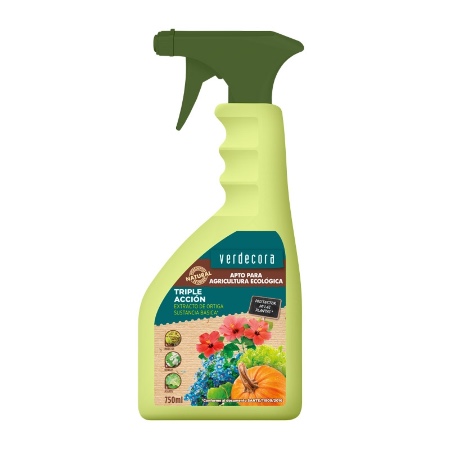
Although it is essential to know which pests affect each type of succulent we have, there are a number of annoying visitors who find them irresistible. We refer to the aphid, the red spider and mealybugs. Three voracious pests that can destroy our plant in a short time.
The solution: use an insecticide acaricide as soon as possible and on a regular basis. It is also important to limit the solar exposure of our plant during the application period to prevent it from burning.
We hope that now that you know the diseases of succulents and their solutions, you will enjoy your plants even more.
Some that are as undemanding as they are beautiful that, despite everything, need pampering to continue making your life and eyes happy.


